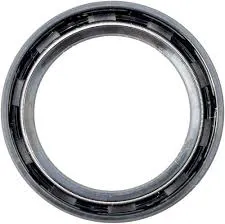...
2025-08-16 03:47
287
...
2025-08-16 03:35
915
...
2025-08-16 02:59
516
...
2025-08-16 02:45
242
...
2025-08-16 02:09
1794
...
2025-08-16 02:03
803
...
2025-08-16 01:56
1968
...
2025-08-16 01:42
2562
...
2025-08-16 01:30
1461
...
2025-08-16 01:19
2484
Choosing the right oil seal
This is one of the frequent reasons for oil seal failure, and this is majorly because of the volatility of any of the elastomer’s constituents. These causative constituents may be part of the elastomer formulation, or gases that got entrapped in the elastomer during the molding process. The deceiving fact about this failure is that sometimes the oil seal won’t show any visual sign of out-gassing, however, sometimes when the out-gassing is extreme, they shrink.


